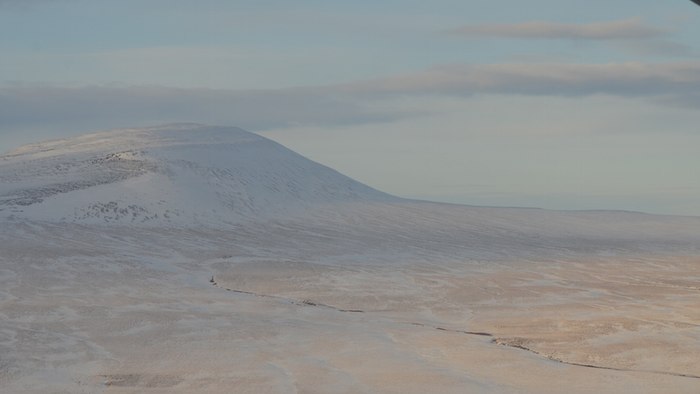A new study led by researchers from NASA's Jet Propulsion
Laboratory (JPL) and San Diego State University (SDSU) has examined
the amount of methane gas escaping from the Arctic – a key component
of global warming. The results go against conventional theory,
finding that a much larger amount of the gas escapes during the
Arctic winter than previously thought.
The observations focused on the amount of methane – a greenhouse gas that has a big impact of atmospheric warming – escaping from the Arctic tundra, caused largely by the decomposition of embedded organic matter. It's important to monitor these emissions, as it's thought that climate change may significantly increase the amount of gas escaping, especially that currently caught in a stable layer of frozen soil called permafrost.
The new readings aren't the first time that we've looked at the Arctic methane emissions. In fact, scientists have been using specialized equipment to accurately record the level of emissions for decades. However, there's one big problem with how things have been done up until this point – nearly all recordings have been made during the short Arctic summer.
For the winter months, which account for 70 to 80 percent of the year, climate change models have been relying purely on speculation. Those predictions generally follow a theme – that because of the frozen ground, methane emissions drop to almost zero during the winter.
Unfortunately, and thanks to the new study, we now known that the assumption isn't just too simplistic, but it's actually entirely wrong. While the ground does freeze up more in the winter than the summer, it's a little more complicated than current models predict. When temperatures drop to around 32 °F (0 °C), the top and bottom parts of the uppermost layer of the ground – known as the active layer – freeze, but the central section remains insulated, continuing to break down organic matter throughout the coldest periods of the year.
To determine exactly how much methane is emitted by that central layer, the researchers upgraded five sampling towers above the Arctic Circle in Alaska, enabling them to gather data throughout the year, making recordings between June 2013 and January 2015. The results were instantly alarming, with the study finding that a large part of the total methane emissions from the region occurred during the colder months.
To check that their results were representative of the entire Arctic region, the researchers compared their findings to readings taken by aircraft, flying over the region as part of NASA's Carbon in Arctic Reservoirs Vulnerability Experiment (CARVE). Aligning the two sets of data, the team found that the CARVE readings supported those of its own work, showing that methane continues to be emitted long after the surface freezes during the winter months.
With the results varying so significantly from predictions, and given that methane is such a significant driver of atmospheric warming, it's now essential that climate models be adjusted accordingly.
"It is now time to work more closely with climate modellers and assure these observations are used to improve model predictions, and refine our prediction of the global methane budget," said SDSU's Donatella Zona.
Source: NASA

